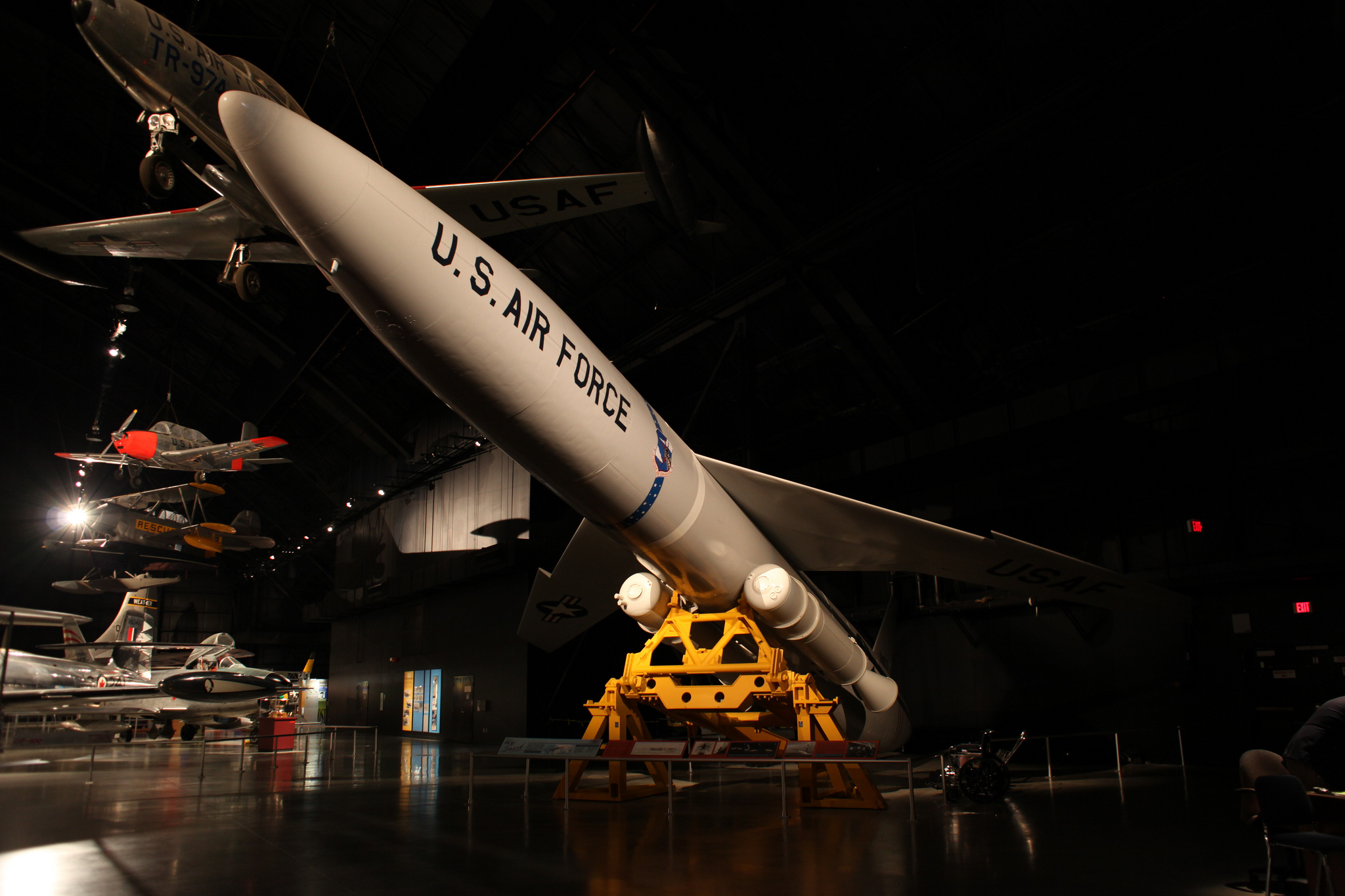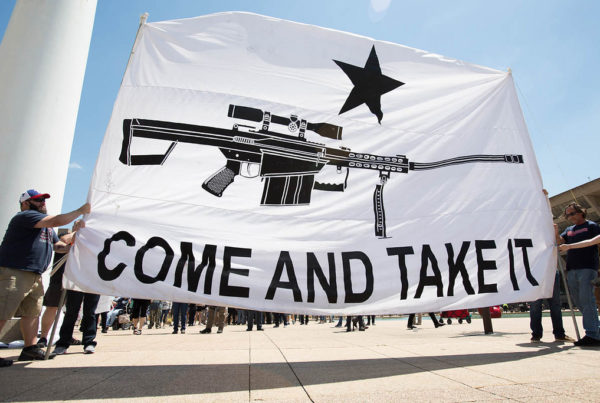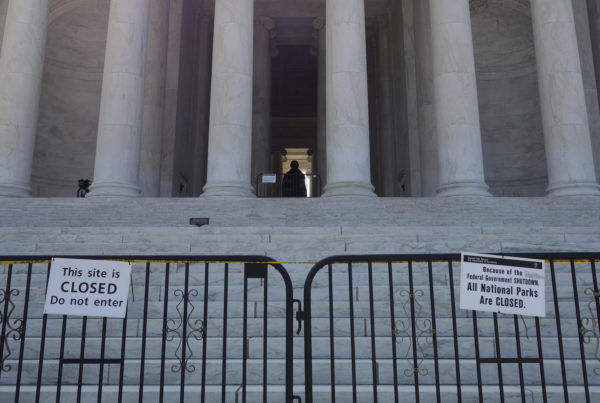Anyone remember the last time nuclear arms talks with Russia made big news? The 90s maybe? Those paying closer attention may know that more recently there has been a major disagreement brewing between Russia and the U.S. over a 1987 treaty banning all land-based intermediate cruise missiles.
Aaron Mehta is deputy editor and senior Pentagon correspondent for Defense News. He says Russia was accused of violating the Intermediate-Range Nuclear Forces Treaty during the Obama administration, but the Trump Administration has been more vocal about the issue.
In December, Secretary of State Mike Pompeo set a 60-day deadline for Russia to prove compliance with the treaty. If Russia does not do so by Feb. 2, the United States will withdraw.
“They’ve now decided apparently the way to go forward with this process is to say, ‘You know what, if Russia is .. violating the treaty, why are we restraining ourselves in this treaty as well?’” Mehta says. The conclusion is, ‘Let’s get out of this treaty if Russia won’t change its mind.’”
Mehta says Russia has deployed missile systems such as the Novator 9M729 design, along the Kaliningrad region surrounded by NATO countries, but not near Ukraine or other sites of previous Russian incursions.
Mehta says the Trump administration’s next step will be to develop its own versions of these systems to keep Russia matched, leaving the possibility of another arms race.
“This goes back to the 60s and the 70s and the 80s when there was this big fear of putting cruise missiles in Europe and that just having this stuff on the ground in Europe will create a situation where something could go wrong, or people just get a little trigger happy, or a conventional war breaks out and people start lobbing nuclear cruise missiles at each other,” Mehta says.
Written by Sara Schleede.
















